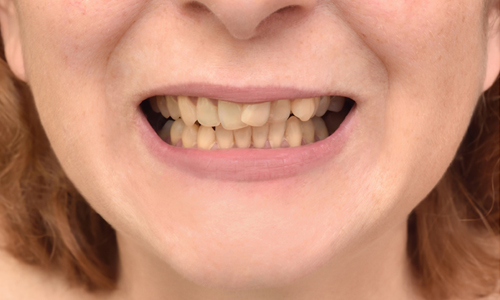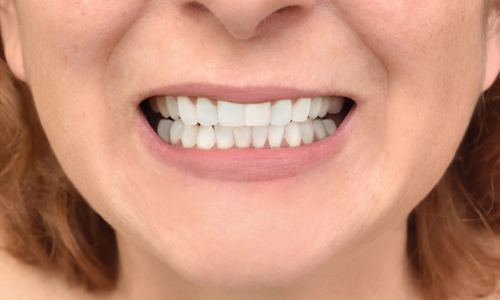

Restorative Dentistry?
The term “restorative dentistry” is the integrated management of oral health problems and restoring of the mouth to a functional and esthetic state. General dentists are able to perform many of these procedures without additional education and certification.
Restorative dentistry is often referred to as prosthodontic dentistry. Whether your dental professional uses the term “restorative dentistry” or “prosthodontic dentistry,” the goal is to preserve natural teeth as much as possible. Replacing missing teeth with a dental implant, bridge, full or partial denture helps promote dental health as well and you can restore your occlusion and be able to eat again without having pain or sensitivity. Filling in empty spaces in the mouth can help prevent cavities in the remaining teeth because odd-shaped gaps are vulnerable spots for plaque-causing bacteria to build up. Missing teeth also put extra stress on your remaining natural teeth because you don’t have as much surface area to chew with.
Restoration Options
When deciding on a strategy for restorative dentistry, you’ll need to consider both physical and fiscal factors—your health and your budget. Most dentists involved in restorative dentistry will try to preserve your natural teeth if possible before resorting to full or partial dentures so you won’t have to remove and clean the devices regularly. But sometimes full or partial dentures are the better option if you have many missing teeth and you’re not a good candidate for dental implants due to other health issues or excessive bone loss.
